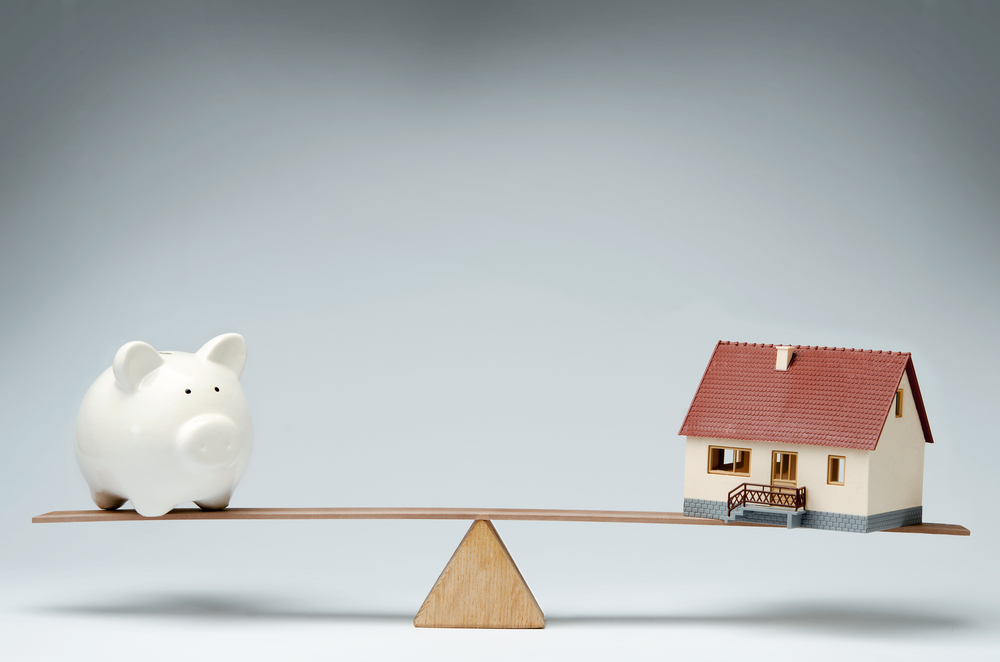If you are in the market to purchase your first home, you have likely been bombarded with a tremendous amount of information that you need to learn and understand about the home buying process. For most buyers, a mortgage loan must be secured to cover the cost of purchasing the home. Also for most buyers, the financing portion of purchasing a home is typically the most complicated, yet important, aspect of the process. You may have heard the term “mortgage points” used by a lender during discussions about securing a loan. Understanding what mortgage points are will help you get one step closer to finalizing the purchase of your home.
Mortgage points, also commonly referred to as discount points, are essentially just a way to pre-pay interest on a mortgage loan. When you start shopping around for a lender, one of the most important factors you will consider is the interest rate the lender offers you on the loan. Even half a percent difference in an interest rate can make a significant difference in the amount of money you repay over the lifetime of the loan. One way that a borrower can lower the interest rate charged by the lender is to purchase points. One point is equal to one percent of the loan amount. If, for example, you take out a $200,000 loan you would pay $2,000 for each point. In return for paying for points, the lender will lower your interest rate by a fraction of a percent (usually around 0.125 – 0.250 percent). The idea, therefore, is that by purchasing points upfront at the start of the loan you will be paying less over the life of the loan (as a result of the lower interest rate). A borrower, however, should do the math to ensure that this is actually the case before agreeing to pay points on a loan.
Mortgage points should also not be confused with an origination fee or origination “points”. The term “origination fee” may be used to refer to a method of buying down the interest rate; however, the term may also refer to one-time fees charged by the lender to set up the loan. In the latter case, your origination fee may be used to pay for lender attorney fees, document preparation fees and the like but will not result in a lowering of the interest rate on your loan.
As a general rule, the longer a borrower plans to remain in a home the more sense it makes to pay for mortgage points up front because it takes years for the fractional savings provided by purchasing a point to add up to the initial cost of purchasing the point. Consider the following scenarios:
Scenarios A – You take out a 30 year fixed rate mortgage for $200,000. You decide not to pay points and receive an interest rate of 6.0 percent. Your monthly mortgage payment will be $1,193. After one year you will have paid out $14,316, after ten years — $143,160, and after 30 years — $429,480.
Scenario B – Same 30 year fixed mortgage but this time you purchase two points at a total cost of $4,000 to you up front. The lender lowers your interest rate to 5.5 percent. Your monthly mortgage payment will be $1,130. After one year you will have paid out $17,560 (monthly payments plus cost of points), after ten years — $139,600, and after 30 years — $410,800.
Scenario C – Same 30 year fixed rate mortgage but with the purchase of four points at a cost of $8,000. Lender lowers your interest rate to 5.0 percent. Your monthly payment will be $1,069. At the end of year one you will have paid our $20,828, after ten years — $136,280, and at the end of year 30 — $392,840.
As you can see, purchasing points will save you a considerable amount of money if you plan to remain in the home for long enough to realize the savings. The difference in total out-of-pocket expense between scenario A and C at the end of year ten is less than $7,000 though it climbs to closer to $40,000 by the end of year 30. For this reason, a borrower should take the time to analyze whether purchasing mortgage points is the best way to spend his or her money.


